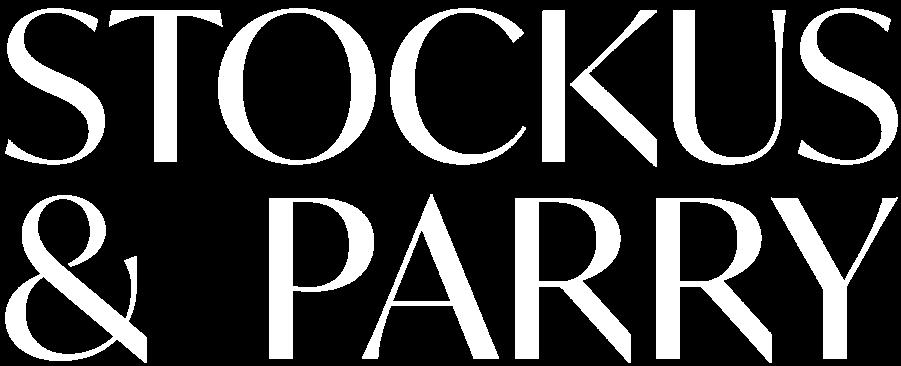










The real estate landscape in British Columbia underwent significant changes in 2024, driven by a series of new government rules and regulations. These measures aimed to address long-standing issues in housing affordability, market stability, and rental supply, but their implementation brought challenges for industry stakeholders and homeowners alike.
One of the most notable changes was the introduction of the anti-flipping tax, designed to curb speculative investments in the real estate market. This measure imposes a tax on profits from properties sold within a 730 day period after purchase (including presale purchases), discouraging rapid resales and promoting more sustainable housing investments. While intended to stabilize housing prices and deter speculative activities, the tax
has raised concerns among real estate professionals about its potential to reduce market liquidity and deter legitimate investors. Of note, the BC anti-flipping tax is a separate entity from the Federal Anti-Flipping Tax.
In the rental market, the government enacted significant reforms through changes to tenancy laws and the short-term rental ban. These measures were introduced to address the growing housing crisis and the scarcity of long-term rental options. The short-term rental ban, in particular, targeted properties listed on platforms like Airbnb, requiring owners to pivot toward long-term leasing or face penalties. Coupled with strengthened tenant protections and limits on rent increases, these changes were praised for prioritizing renters’ needs but criticized by landlords who saw reduced flexibility in managing their properties.
Bill 44, another impactful regulation, introduced stringent up-zoning and streamlined processes for densification in urban areas. While the bill aimed to increase housing supply, particularly affordable units, its rollout faced mixed reactions. Municipalities were tasked with implementing the new guidelines, creating tensions between local governments and provincial authorities over the pace and scale of these changes.
The property transfer tax (PTT) exemption for new construction provided a silver lining for purchasers. By removing a significant financial barrier, the exemption was a welcome relief for many, although critics argued



it could inadvertently drive up demand and prices in an already competitive market. Newly built homes with a fair market value of up to $1,100,000 are exempt from the transfer tax. The original threshold was $750,000.
The increase in the speculation and vacancy tax reflected the government’s ongoing effort to discourage underutilized properties and foreign ownership. The heightened rates for non-resident owners and empty homes were part of a broader strategy to ensure properties contribute to the housing supply. Under David Eby’s plan, the Speculation and Vacancy Tax would be increased to 1% for residents of Canada and 3% for foreign owners starting in 2025. The tax is designed to turn vacant housing into homes for people and make speculators pay their fair share of taxes. While the policy has achieved some success in motivating property use, it also stirred debate about its fairness and effectiveness in rural areas with unique market dynamics.
A few key trends in Victoria’s real estate market stand out for both buyers and sellers. Stronger sales in the fourth quarter, fueled by increased buyer confidence, combined with the recent dip in interest rates, have generated promising momentum heading into 2025. For buyers, this combination creates a unique opportunity to secure favorable financing, while sellers are seeing heightened demand for properties, especially in sought-after neighborhoods. The market’s balance between steady price appreciation and manageable bor-
rowing costs suggests a dynamic start to the new year, making it an ideal time for both sides to make their move.
As we look ahead to 2025, one of the most pressing trends in Victoria’s real estate market is the growing scarcity of homes priced under $1 million. At the time of writing, there are just 4 homes for sale in Sidney and 5 in the core, a stark contrast to the demand we’re seeing in this price range. With far more than 9 buyers actively looking for homes under this threshold, these affordable properties are quickly becoming rare commodities. As the supply continues to dwindle, it’s likely that homes priced below $1 million will become even more sought after. The recent uptick in up-zoning in areas like the core and the peninsula further heightens demand, as it makes detached homes in these locations increasingly desirable for buyers. With developers largely turning to multi-family projects and no longer building detached homes in these prime areas, the availability of single-family residences is becoming more limited. As a result, we anticipate that detached home prices in Victoria and on the peninsula could rise as much as 10% by the end of 2025, driven by both constrained supply and growing demand.
As we reflect on the past year, it’s becoming clear that the Victoria condo market has likely reached its bottom, with signs of recovery already underway. After a period of price stabilization, we could see modest increases of 1% to 3% in the coming months as demand begins to pick up. This recovery is further supported by a shift in

Proudly Recognized as the
Top Real Estate Team at The Agency

developer focus towards rental-purpose builds, driven by substantial incentives from both the Provincial and Federal governments. With a growing rental demand and a tightening supply of available units for sale, condos in the region are poised to regain value, inching closer to the peak price points seen in 2021 and 2022. For buyers and investors, this signals a potential opportunity to enter the market before prices rise further.
As we approach the end of 2024, one of the most notable shifts in the Victoria real estate market has been the effect of falling interest rates on buyers’ purchasing power. Thanks to a decrease in rates throughout the year, prospective buyers now find themselves with approximately 10% more borrowing power than they had at the beginning of 2024. This boost in purchasing ability comes at a critical time, as rates have begun to stabilize and become more predictable, giving buyers the confidence to make informed decisions. With the Bank of Canada defining a neutral rate range between 2.25% and 3.25%, we are currently sitting right at the upper end of that threshold at 3.25%. As a result, many experts expect to see at least one more full percentage point drop in rates before the year ends, further enhancing affordability and propelling demand. For buyers, this provides an excellent opportunity to enter the market before additional price adjustments occur in response to these favorable conditions.
A significant shift is expected in the types of homes that buyers are pursuing. With the provincial government’s mandated up-zoning, we anticipate a strong buyer mi-



gration toward townhouses and other multi-plex style living options. This policy is set to catalyze a new wave of creative development, as developers rise to meet the demand for more densely populated neighborhoods. As the city embraces the need for alternative housing, we’ll likely see the gap between condos and larger family homes fill in with a variety of “missing middle” options—properties that offer more space than a condo but are more affordable and practical than a large single-family home. These townhouses, row houses, and duplexes will cater to a wide range of buyers seeking a balance between affordability and space, contributing to a more diverse and dynamic housing market. The coming years should be an exciting time for those interested in these innovative living solutions, as developers begin to shape the future of Victoria’s urban landscape.
2024 closed with a total of 421 property sales in the VREB region for December. 28% more than the 329 properties sold in the same period 2023. Sales of condominiums were up 25% from December 2023. Sales of single family homes increased almost 21% from the same period 2023. This year had a total sales number of 6,893 properties sold through the MLS system. This constitutes an 11% increase from the 6,207 sold in 2023. We ended the year with the MLS Home Price Index Benchmark value for Single Family Detached at $1,306,400. This is up 2.7% from $1,272,000 last year.


Victoria continues to stand out as one of the most desirable places to live in Canada, with a seemingly limitless influx of people eager to call the city home, regardless of the broader market fluctuations. While national real estate trends often make headlines, it’s important to remember that Victoria’s unique characteristics allow it to consistently outperform many other regions. With a diverse and growing population, combined with strong economic pillars in technology, education, government, and hospitality, our local economy remains robust and resilient. These factors not only fuel the demand for housing but also provide stability in the rental market, ensuring that rental properties continue to see strong demand. As such, while external narratives may shift, Victoria’s market is driven by intrinsic strengths that make it a longterm standout in Canada’s real estate landscape.


